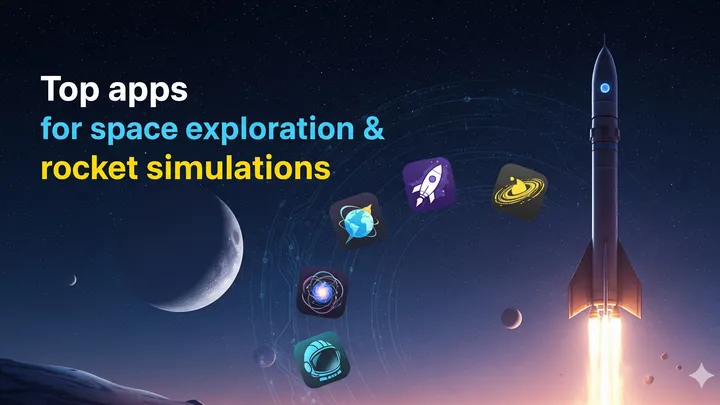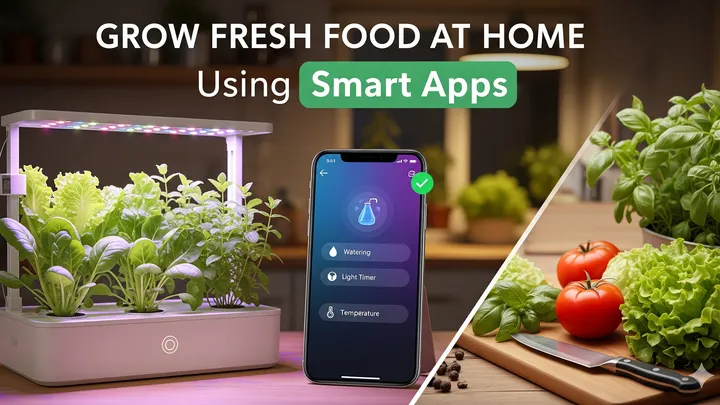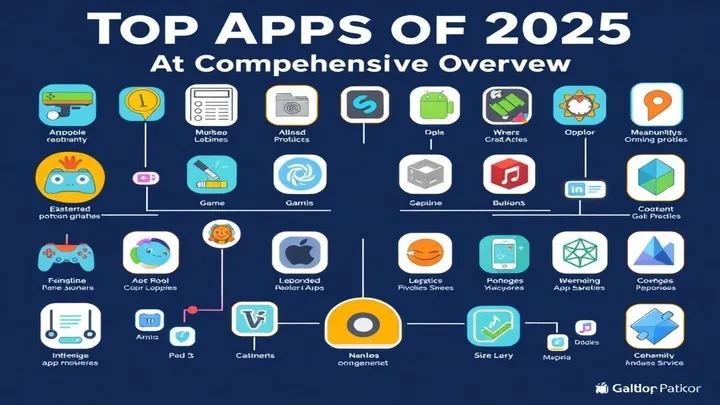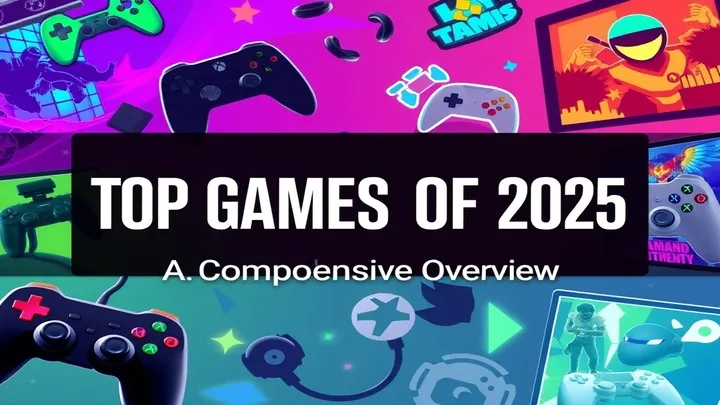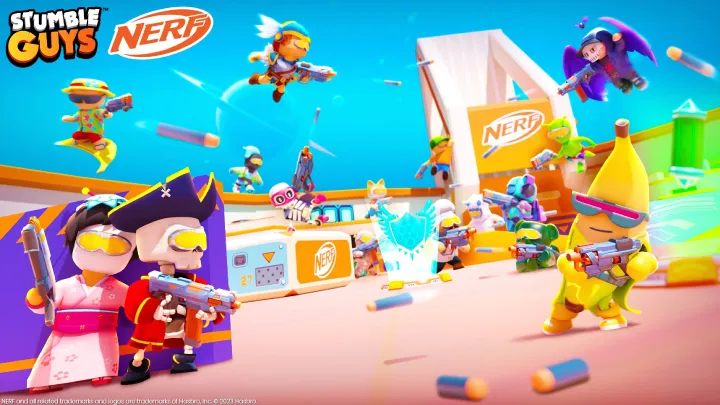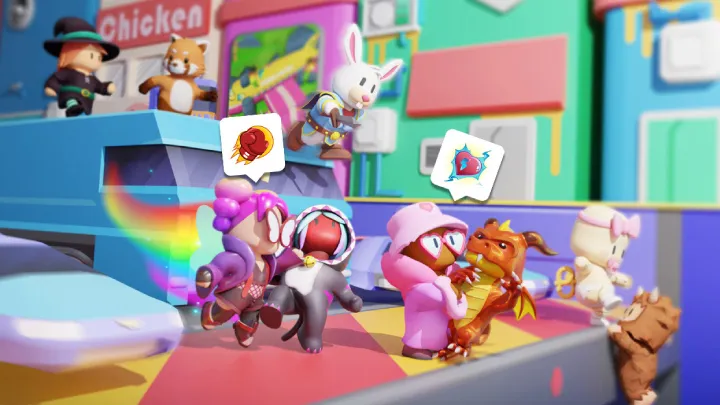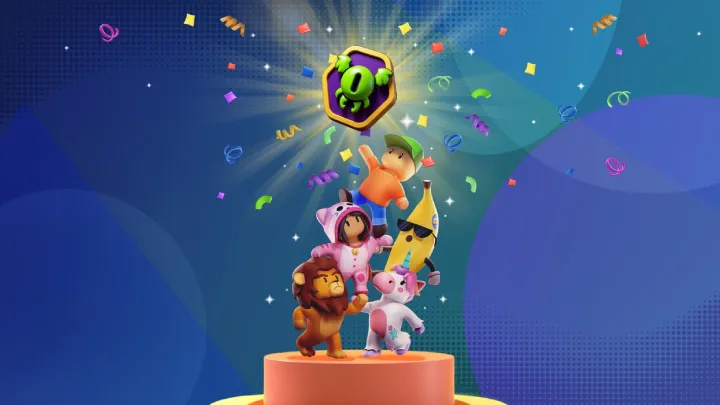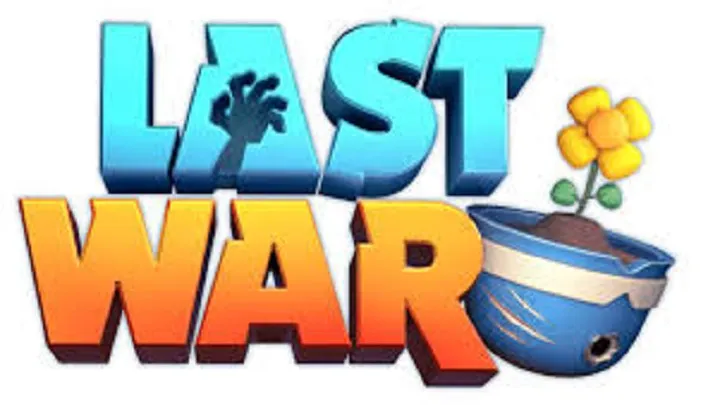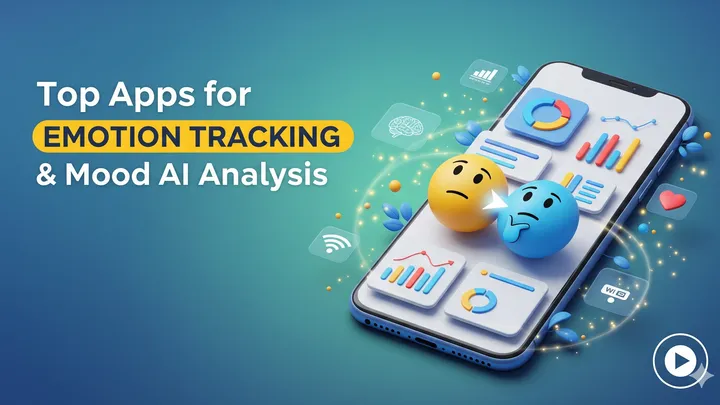Toca Boca World – The Creative Tension Between Freedom and In-App Purchases
Introduction
Toca Boca World, one of the most beloved sandbox games for children and young teens, thrives on creativity, storytelling, and self-expression. Players can design characters, furnish homes, create worlds, and imagine countless stories. Its charm lies in the open-ended possibilities and the playful art style that encourages experimentation. However, behind its vibrant surface, there exists a specific issue that parents, educators, and players themselves often point to: the tension between creative freedom and the heavy reliance on in-app purchases. While the base game offers a starting set of locations and characters, the most exciting content is locked behind paywalls. This article will deeply explore this issue, analyzing how in-app purchases affect creativity, accessibility, and the overall player experience in Toca Boca World.
The First Steps into Toca Boca World
When players download Toca Boca World for the first time, they are introduced to a colorful hub and a handful of free locations. The design feels inviting, and children immediately begin experimenting by customizing characters or moving objects around.
At this early stage, the experience feels limitless. A child may decorate a free apartment, invent stories about the characters, or explore the starting town. But within hours, many discover that the majority of locations — from the mall to the hospital — are not available without additional payment.
The Allure of Locked Content
Part of Toca Boca’s magic is its ability to spark curiosity. Players see unpurchased buildings in the city map, shimmering with promise. These locked areas act as both an invitation and a barrier.
The Psychology of Desire
The mere presence of inaccessible locations often fuels children’s imagination. They wonder about the stories hidden inside those places — whether they can run a business, discover new objects, or roleplay entirely new adventures. But when these areas remain locked, it creates a constant pull toward in-app purchases.
The Contrast with Free Play
Compared to other sandbox games where most tools are available from the start, Toca Boca limits key storytelling opportunities. This contrast intensifies the feeling that the game’s best moments are behind a paywall.
The Cost of Creativity
Creativity in Toca Boca World is theoretically boundless, but in practice, it is shaped by how much content a player has access to. Furniture sets, outfits, and themed items often define how expansive a story can become.
For example, a child with access to only the free apartment may imagine a family life. But a player who has purchased the hospital, mall, and hair salon can create stories involving medical emergencies, fashion adventures, or shopping trips.
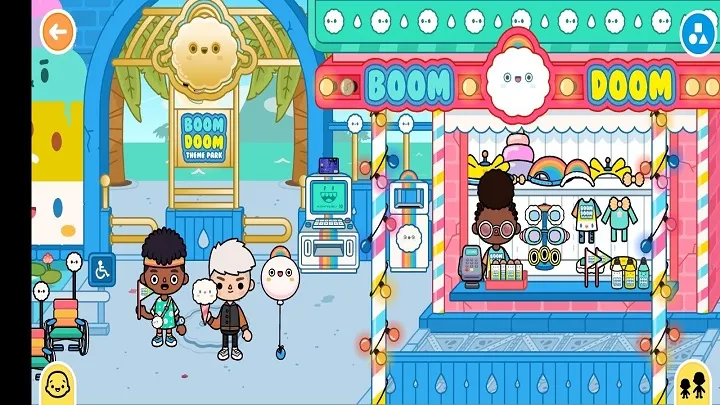
Limited Play Without Purchases
- Basic customization only.
- Fewer locations to explore.
- Repetitive stories after extended play.
Enhanced Play With Purchases
- Rich variety of scenarios.
- Expanded storytelling opportunities.
- Greater sense of world-building.
This difference highlights how in-app purchases transform not just cosmetic details but the very depth of creativity itself.
Parents’ Concerns and Challenges
Parents are at the center of the in-app purchase issue. While the base game is free, many children quickly request additional purchases to unlock new content.
H3: Financial Pressure
For some families, the constant requests for purchases become overwhelming. Unlike a single upfront cost, Toca Boca World spreads its content across multiple smaller purchases, which accumulate over time.
H3: Educational Debate
Some parents defend purchases as an investment in creative play, similar to buying physical toys. Others argue that it sets a precedent where creativity is gated behind money, which can limit a child’s natural exploration.
Accessibility and Inequality
The reliance on in-app purchases also raises questions of accessibility. Not all families can afford to buy expansions regularly.
H4: Unequal Experiences Among Players
- Children from wealthier families often have access to a richer set of tools and locations.
- Children without purchases may feel left out in peer discussions or online communities.
This inequality can create a subtle but real divide in the player base, where creativity is not just about imagination but also about financial capacity.
The Role of Free Updates
Toca Boca does provide free updates occasionally, adding seasonal events, limited items, or small improvements. These updates are important for keeping all players engaged, regardless of purchases.
However, free updates rarely compare to the scale of purchased content. A seasonal item set may entertain briefly, but it does not replace the lasting depth of a new hospital or neighborhood expansion.
Community Reactions and Workarounds
The Toca Boca community has been vocal about the tension between freedom and paywalls. Online forums, social media groups, and YouTube creators often showcase massive worlds unlocked through multiple purchases, leaving free players envious.
Player Creativity Despite Limits
Many players, especially children, find ways to stretch the limited tools they have. They repurpose items, create unique character stories, and use imagination to fill in gaps. This resilience demonstrates the strength of creativity even within constraints.
Shared Content Online
Another trend is content-sharing through video platforms. Children who cannot access all locations watch others play with them, indirectly participating in the experience. While this does not replace direct play, it shows how communities adapt.
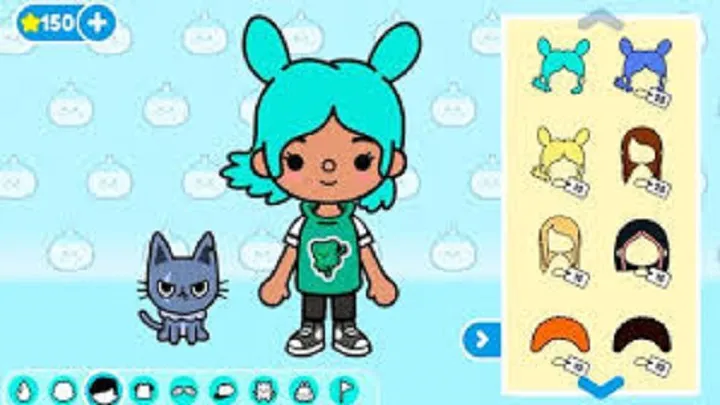
The Balance Between Business and Creativity
From a business perspective, in-app purchases are essential. They allow Toca Boca to continue developing updates and expanding the game. Yet from a creative perspective, the balance feels fragile.
Benefits of the Model
- Continuous revenue for developers.
- Ongoing updates and improvements.
- Incentive to create new themed content.
Drawbacks of the Model
- Limits full creativity for free players.
- Creates inequality within the player base.
- May frustrate parents and educators.
This duality highlights the central issue: the business model sustains the game but also restricts its core promise of open-ended creativity.
Possible Solutions and Future Directions
The tension between creativity and in-app purchases is not unsolvable. Several potential solutions could balance freedom and sustainability:
Subscription Model
A monthly subscription could give players access to all content, reducing constant requests for purchases and ensuring equal experiences.
Tiered Access
Offering larger bundled packs instead of fragmented purchases could make the system feel more fair and manageable.
Creative Incentives
Allowing players to unlock content through achievements or creative milestones would reward play rather than solely financial input.
Conclusion
Toca Boca World remains one of the most inspiring and creative sandbox games for young players. Its power lies in giving children the tools to imagine and tell stories. Yet the heavy reliance on in-app purchases creates a paradox — creativity that is at once limitless and limited. Parents, children, and communities continue to wrestle with this tension, balancing financial realities with the desire for imaginative play. The future of Toca Boca World may depend on whether the developers can refine this balance, ensuring that creativity is not overshadowed by cost.









